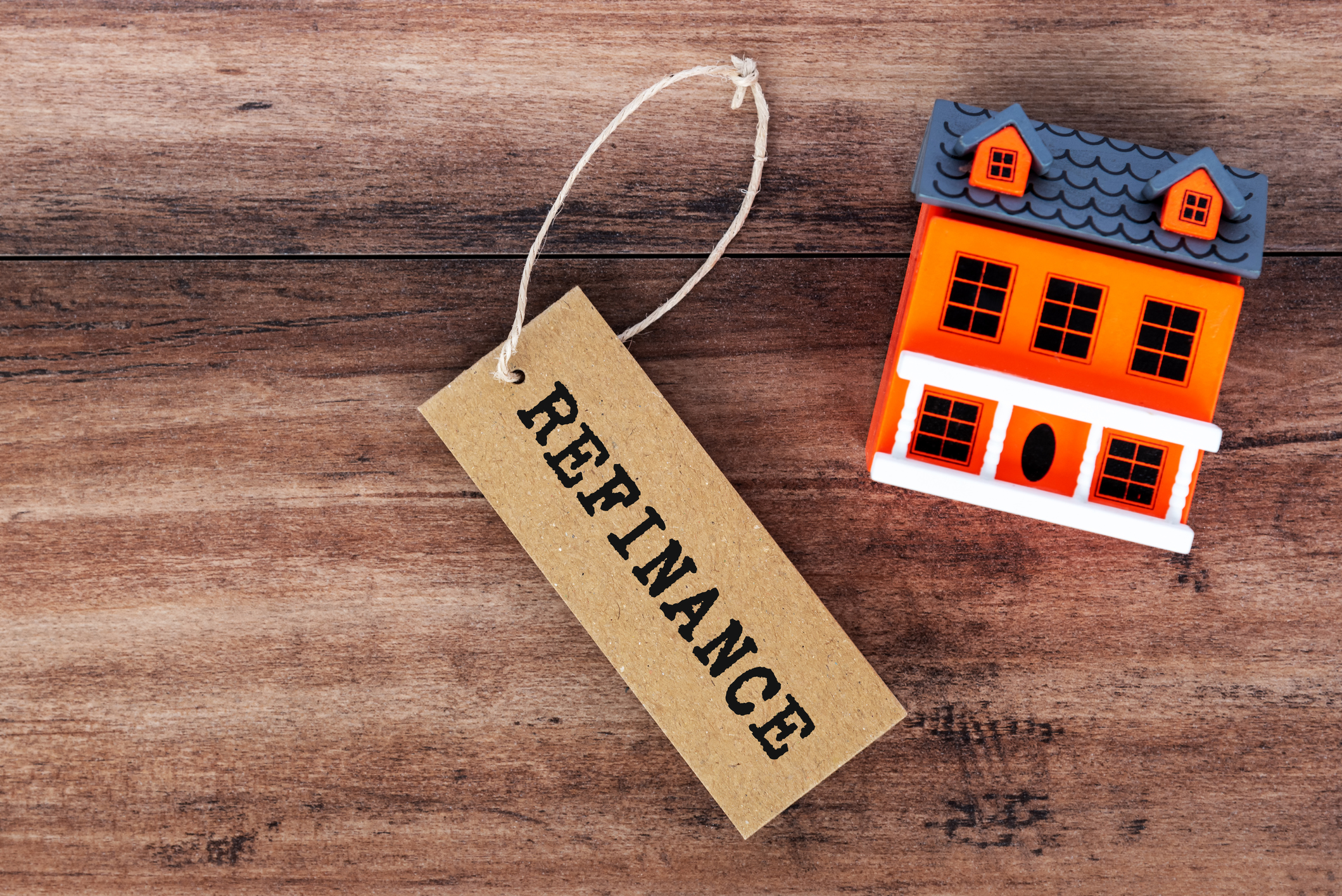Mortgage rates have slipped to their lowest level in nearly a year, creating a pivotal moment for homeowners considering a refinance.
Those who bought after 2022, when rates climbed above 6%, now have an opportunity to reassess. Lower borrowing costs can translate into real savings, but the decision hinges on timing, long-term goals and whether the math works out after closing costs.
The current surge in refinancing isn’t just about cheaper payments. It’s being driven by signs of a cooling job market, falling Treasury yields and expectations that the Federal Reserve could enter a rate-cut cycle. Together, these forces are reshaping the landscape and prompting many homeowners to take a closer look at their options.
Sign up for Kiplinger’s Free Newsletters
Profit and prosper with the best of expert advice on investing, taxes, retirement, personal finance and more – straight to your e-mail.
Profit and prosper with the best of expert advice – straight to your e-mail.
Mortgage rates fall, fueling a surge in refinancing
On September 11, Freddie Mac reported a 15-basis-point drop in mortgage rates from the previous week — the largest weekly decline in the past year. The average rate for a 30-year fixed mortgage fell to 6.35%, while the 15-year fixed dropped to 5.5%.
Homeowners moved quickly to seize the opportunity. Data from the Mortgage Bankers Association shows refinance applications climbed 60% in early September, rising from 1,010 on August 31 to 1,600 by September 7.
Why refinancing is back on the table

(Image credit: Getty Images)
Several factors are contributing to falling mortgage rates. The August jobs report revealed that unemployment increased from 4.2% in July to 4.3% in August, suggesting a slowdown in the labor market. The Federal Reserve often cuts interest rates to help drive employment, and a rate cut could help drive mortgage rates down further.
Additionally, the Treasury yield, which can reflect interest rates, recently dropped to 4.04%. The 10-year Treasury yield, which is the borrowing cost the government pays over a decade, tends to closely correlate with mortgage rates. The recent drop in the Treasury yield means that mortgage rates will likely drop, too.
The falling mortgage rates are a welcome reprieve from the high-rate environment of the past 24 months. Beginning in 2023, mortgage rates climbed significantly, and interest rates for a 30-year fixed rate mortgage reached 8% on October 18, 2023, according to Mortgage News Daily.
Rates hovered between about 6.5% and over 7% for much of 2025, so the recent drop offers exciting opportunities for buyers and homeowners looking to refinance.
What homeowners could gain by refinancing now
If you bought a home when interest rates were higher than the current 6.35% for a 30-year fixed rate mortgage, you could potentially save money by refinancing. When you refinance, you can take advantage of a lower mortgage rate, which means you’ll pay less in interest each month, lowering your monthly mortgage payments.
Locking in a lower mortgage rate also saves you on interest over the life of a loan. Even if the interest rate has dropped just a few points, those savings can add up significantly across the life of a 30-year loan.
When you refinance, you also have the option to shorten your loan term. For example, if you’ve been paying on a 30-year mortgage but want to pay your home off sooner, you could refinance to a 15-year mortgage to speed up the process. By paying your home off sooner, you can again save on interest.
Explore and compare some of today’s best refinance offers with the tool below, powered by Bankrate:
Costs and risks to weigh carefully
As refinance applications surge, it may be tempting to join in on the refinancing movement, but it’s essential to carefully consider whether refinancing makes sense for you.
Start by carefully reviewing the costs of refinancing. You will be responsible for paying closing costs to refinance, which typically range from 3% to 6% of your mortgage balance.
If you owe $250,000 on your home and want to refinance, you could pay $7,500 to $15,000 in closing costs. Those costs can vary depending on the lender you use and the type of refinance you choose, so be sure to shop around and compare costs.
Calculating the refinance break-even point can help you determine if refinancing makes financial sense. The break-even point occurs when you start saving money as a result of refinancing your home.
To start, add up all of your costs of refinancing, then determine how much money you’ll save each month. Divide your refinancing fees by the amount of money you save per month to determine how many months it will take before you start saving money.
For example, if your fees total $7,000 and you’ll save $350 a month, you’ll divide 7,000 by 350 for a result of 20 months. In this scenario, you’ll start saving money in just under two years.
Make sure that you meet the requirements to refinance, too. It’s a good idea to have built up at least 20% equity in your home before you refinance. While some lenders will allow you to refinance with less, they will typically require you to carry private mortgage insurance, which will eat into your savings.
It’s ideal to have a strong credit score, too. The better your credit score, the better the chances of a lender offering you the lowest available mortgage rate. It’s also important to keep your debt-to-income ratio as low as possible. That ratio affects your credit, plus each lender may require borrowers to meet specific debt-to-income ratio requirements.
Consider the timing of refinancing, too. If you’re planning to move in just a few years, refinancing may not make sense, especially if you could be moving before you meet that break-even date. If you refinance your mortgage and move soon after, you might never recoup the money you paid for your closing costs, ultimately losing money thanks to a refinance.
Is this window temporary?
The falling mortgage rates may be temporary. Economic instability from a volatile market and unpredictable tariffs could prompt interest rates to increase. If inflation continues to climb, the Federal Reserve might choose to keep interest rates higher to help fight inflation, which could result in higher mortgage rates.
Since it’s difficult to predict how long lower rates will hold, many homeowners are weighing their options now. The recent drop has already sparked a surge in refinancing, but future moves by the Federal Reserve and broader economic shifts could change the picture quickly.
For borrowers, the key is understanding how long it might take to benefit from a refinance and whether it aligns with their financial goals — especially in a market that could shift again in the coming months.

